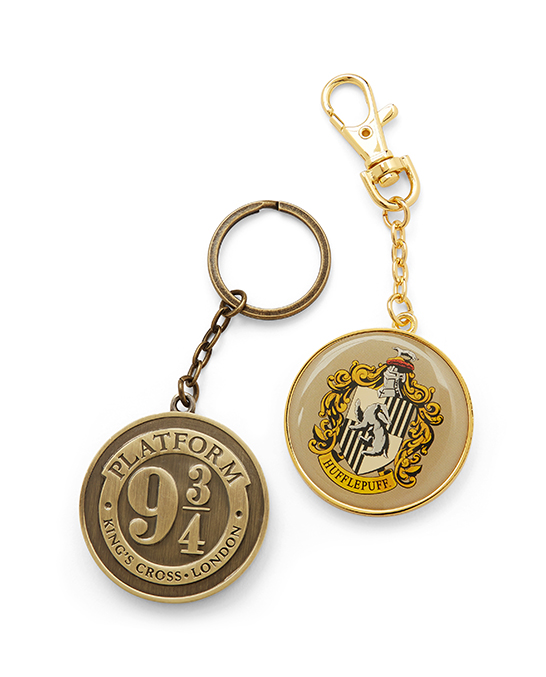Storytelling has the ability to capture the attention of a brand's target audience by bringing its products and services to life. To truly set a brand apart in this digital age, visual storytelling must be a key component of its marketing campaign.
At the end of the day, it all comes down to what people want to see and share. That's why marketers now rely on visual content marketing to tell their stories. It is a powerful communication tool that allows brands to deliver information in compelling ways and achieve their content marketing goals.
The Three Main Benefits of Visual Content Marketing
According to marketing experts from https://jatapp.com/, compared to other forms of communication, such as email, visual content offers marketers three major benefits:
Appeal to the eye: Visual content is an attention grabber. If both text and video are available on the same topic, consumers are more likely to choose video.
Comprehensibility: People are able to process visuals faster and with less effort, as compared to other forms of communication.
Retention: The study shows that people can retain 65% of visual information, but can only retain 10 to 20% of written information, after three days.
How Brands Can Tell their Story
Visual content can improve a marketing strategy by making it attractive, and a brand can use multiple formats to vary the content it produces. Every piece of visual content, from banner ads to infographics, plays a part in a brand's story. Incorporating consistent visual content across a brand's website, social media platforms, and other marketing tools creates a cohesive image for customers and leads them to follow and recognize.
This type of content is a way for companies to show audiences who they are, what they do, and how they want to help customers. Visual content can come in many different forms, such as interactive infographics (animated infographics), webinars that include both text and video supplements, and data-driven visuals, like maps and diagrams.
What are Types of Visual Content
Infographics
Infographics are a popular form of content marketing and can help brands turn otherwise boring topics into engaging experiences. They are also great tools for helping a brand communicate its message to a large audience, as they are highly shareable and interesting to consumers. Statistics show that infographics are liked and shared on social media three times more than other types of visual content.
Visualized marketing messages, backed by credible data, are more insightful and comprehensible. Additionally, because of the way the brain processes information, it is easier for people to understand large amounts of complex data on charts or graphs rather than reports or spreadsheets.
Nielsen-Norman Group's eye-tracking studies show that people pay close attention to images that carry information, especially if they are relevant to the content. In addition, the design, colors, and font are all important components that can make or break whether or not an infographic is seen as intriguing. For example, SmartMove created a colorful infographic about tenant turnover that shows facts and figures in an easy-to-understand and organized way. The story that a brand tells through infographics, therefore, should not only be engaging but also be accompanied by creative graphics or images that fortify it.
Motion Graphics
Desktop programs, like Adobe Flash, have made motion graphics more accessible and cost-effective. Motion graphics play into a viewer's love for video and are an effective way for brands to use animation or video footage to tell their story.
The primary purpose of a motion graphic is to combine moving images, animation, audio, and text in an informative and engaging way. They can be in the form of 3D renderings, 2D animations, or GIFs with voiceover audio or effects.
As mentioned before, animated infographics, or infographics, allow for an even more stimulating visual experience for consumers. Illustrations of characters, numbers, or graphs that move are appealing and can be a unique differentiator. A great example of an infographic can be found here.
Annual Reports
Annual reports provide information on a company's financial situation to communities, shareholders, stakeholders, and the media. They also build trust, which is why it's important for brands to make this data engaging enough for consumers and other audiences. Take, for example, this report by Girls Who Code, which features bright colors and interactive components that make a normally dull piece of content and make it more exciting.
Presentations or Webinars
Live presentations are a great way for companies to generate leads. Businesses can use video presentations on their website to increase traffic to certain pages or on their social media page to create a buzz about their brand. However, keep in mind that a presentation must be visually appealing and informative to have any impact.
Video
Video has grown in popularity in recent years. That's why businesses feature auto-play videos on their Facebook page, which play as followers scroll through their own feeds. Video is the only medium that is able to combine all the best qualities of the others, including audio and visuals such as infographics, images, and text. It's important to choose the right aperture for creating marketing videos since quality is one of the most important aspects.
There are various ways businesses can use video content to tell their story and enhance their brand image. Take, for example, this Chevy commercial, which focuses more on the emotion it is trying to evoke within the viewer rather than purely on the product that it's trying to promote. Many different brands try to create that special emotional connection with their consumer in order to show what their brand stands for.
Other useful forms, like explainer videos that describe how products or services function, can serve as helpful guides for consumers. For example, GuidedChoice used an explainer video that helps to explain the importance of saving for retirement, which otherwise would be a rather mundane and boring topic.
eBooks
eBooks are another visual medium that allows businesses to tell their story in an appealing and digestible way. They combine visual appeal with informative data. For example, an eBook that consumers would otherwise find bland, such as The Creation of Mobile Apps, can be made more appealing with charts that simplify complex data rather than paragraphs of text that attempt to explain the same data.
Micro-Content
In a situation where the difference between a lead and a bounce is a matter of seconds, marketers can engage audiences with micro-content better than lengthier mediums. For example, consider the "Tasty" page from Buzzfeed to get an idea of how micro-content works. The recipes are beautifully filmed, useful, and are no more than a minute long.
Consumers prefer brand experiences that are more personable and concise. Since they are inundated with hundreds of marketing messages on a daily basis, only the most relevant and to-the-point content truly stands out.
Conclusion
Visual content makes online consumers take notice and encourages them to find out more about a brand. It has become more important now for businesses to include visual content in their brand strategies than ever before. However, such a strategy should have substance, too, as content produced for storytelling purposes with badly designed visuals can do more harm than good. High-quality content, in combination with stunning visuals, can be highly beneficial in telling an effective and engaging brand story.



